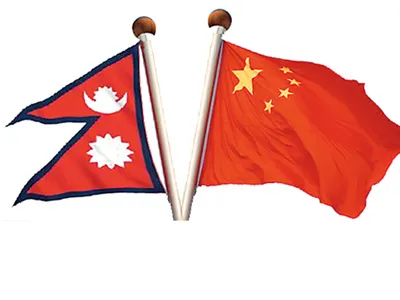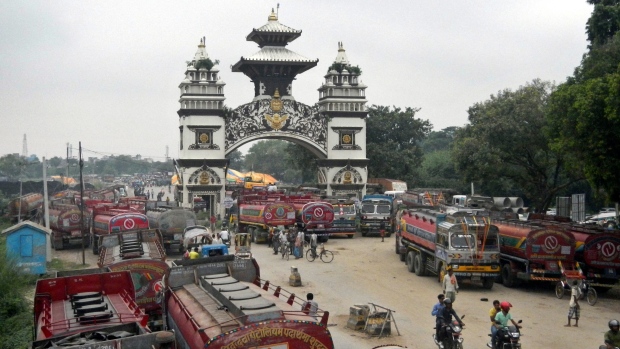Exploring the Rich Tapestry of Nepalese Heritage at the Chhauni Museum in Kathmandu
Nestled amidst the cultural heartland of Nepal, the Chhauni Museum, also known as the National Museum of Nepal, stands as a beacon of the nation’s rich history and vibrant heritage. Located in the tranquil neighborhood of Chhauni in Kathmandu, the museum offers a compelling journey through time, presenting a diverse collection of artifacts that narrate the story of Nepal from ancient civilizations to the modern era. Whether you are a history enthusiast, an art aficionado, or a curious traveler, the Chhauni Museum promises a recreational, knowledgeable, and insightful experience.
Chauni Museum Kathmandu
A Gateway to Nepal’s Past
Upon entering the museum, visitors are greeted by a striking statue of Jayavarman VII, a symbol of the profound historical connections between Nepal and the broader Southeast Asian region. This sets the tone for the museum’s vast array of exhibits that span centuries and cultures. The museum is divided into three main buildings: the Historical Museum, the Juddha Jayatia Kala Bhavan, and the Buddhist Art Gallery, each offering a unique perspective on Nepal’s multifaceted heritage.
Historical Museum: A Chronological Odyssey
The Historical Museum is a treasure trove of artifacts that chronicle Nepal’s journey through time. The journey begins with the prehistoric era, showcasing ancient tools and relics that date back to the Stone Age. These artifacts provide a glimpse into the lives of early human settlers in the region, their survival strategies, and their gradual evolution into organized communities.
One of the highlights of the Historical Museum is the collection of weapons and armor used by the warriors of ancient Nepal. Intricately designed swords, shields, and helmets tell tales of valor and warfare that shaped the nation’s history. The display includes the legendary Khukuri, a traditional curved knife that holds cultural and historical significance, symbolizing the bravery of the Gurkhas.
Moving forward in time, visitors encounter exhibits from the medieval period, including exquisite sculptures and carvings from the Licchavi and Malla dynasties. The intricate wood and stone carvings reflect the artistic zenith achieved during these eras, with detailed depictions of deities, mythical creatures, and everyday life. Notable among these is the idol of Vishnu Vikranta, an exceptional example of Licchavi craftsmanship.
Juddha Jayatia Kala Bhavan: A Celebration of Art
The Juddha Jayatia Kala Bhavan, or the Art Gallery, is a haven for art lovers. This section of the museum houses an extensive collection of paintings, manuscripts, and decorative arts that showcase the rich artistic traditions of Nepal. The gallery features traditional paubha paintings, which are religious scroll paintings that depict various deities and are used in rituals and ceremonies. These intricate artworks, with their vibrant colors and meticulous details, offer insights into the spiritual and religious life of the Nepalese people.
Another highlight of the Art Gallery is the collection of manuscripts and inscriptions. These ancient texts, written in scripts such as Devanagari and Tibetan, provide valuable information about the religious, philosophical, and literary achievements of Nepal. The delicate calligraphy and ornate illustrations on these manuscripts are a testament to the scholarly pursuits and artistic talents of past generations.
Buddhist Art Gallery: A Spiritual Journey
The Buddhist Art Gallery is a serene space that delves into the rich Buddhist heritage of Nepal. The gallery houses an impressive array of statues, thangkas (Buddhist scroll paintings), and ritual objects that reflect the profound influence of Buddhism on Nepalese culture. Visitors can marvel at the serene expressions and intricate details of Buddha statues, crafted from various materials such as bronze, stone, and wood. These statues not only serve as objects of veneration but also as masterpieces of religious art.
The thangkas, with their intricate designs and vibrant colors, offer a visual representation of Buddhist teachings and cosmology. Each thangka tells a story, depicting scenes from the life of Buddha, various deities, and mandalas used for meditation. The gallery also features ritual objects such as prayer wheels, bells, and vajras, which provide insights into the religious practices and ceremonies of Tibetan Buddhism.
Interactive Experiences and Educational Programs
The Chhauni Museum is not just a place to observe artifacts; it also offers interactive experiences and educational programs that engage visitors of all ages. The museum regularly organizes workshops, lectures, and guided tours that provide deeper insights into the exhibits and the history they represent. These programs are designed to foster a greater understanding and appreciation of Nepal’s cultural heritage.
For instance, visitors can participate in traditional art and craft workshops, where they can learn the techniques of paubha painting or wood carving from skilled artisans. These hands-on experiences allow participants to connect with the artistic traditions of Nepal on a personal level. Additionally, the museum conducts educational programs for school groups, offering them a chance to explore history and art through interactive and engaging activities.
A Tranquil Oasis in the Heart of Kathmandu
The Chhauni Museum is set amidst beautifully landscaped gardens, providing a tranquil oasis in the bustling city of Kathmandu. Visitors can take leisurely strolls through the gardens, enjoying the serene ambiance and the well-maintained greenery. The museum grounds also feature several outdoor sculptures and statues, adding to the aesthetic appeal of the surroundings.
The museum’s serene environment makes it an ideal place for reflection and contemplation. Whether you are sitting by the lotus pond or resting under the shade of a tree, the peaceful atmosphere offers a perfect backdrop for absorbing the wealth of knowledge and history housed within the museum.
Conclusion: A Must-Visit Destination Chauni Museum Kathmandu
In conclusion, the Chhauni Museum in Kathmandu is a must-visit destination for anyone interested in exploring the rich cultural heritage of Nepal. Its diverse collection of artifacts, ranging from ancient relics to contemporary art, provides a comprehensive overview of the nation’s history and artistic achievements. The museum’s interactive programs and tranquil setting further enhance the visitor experience, making it a place where learning and leisure seamlessly blend.



